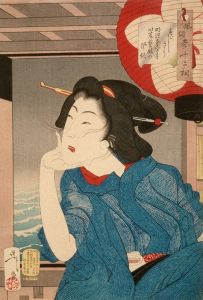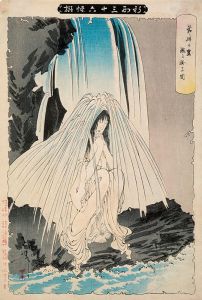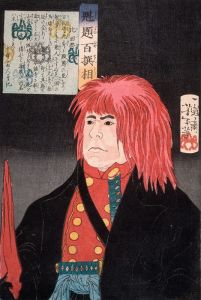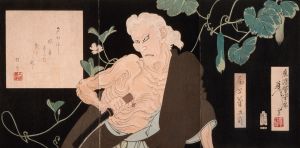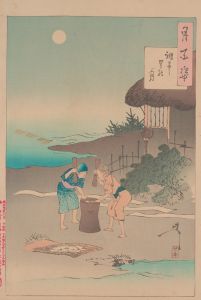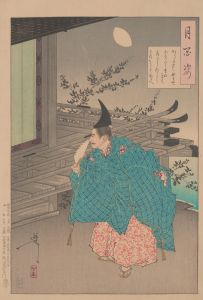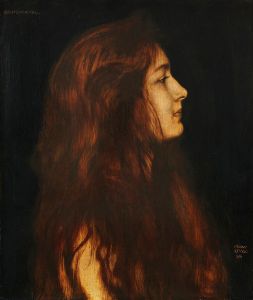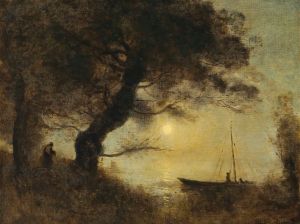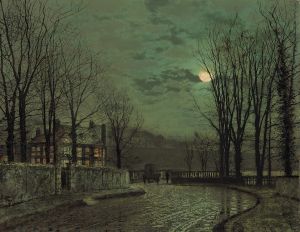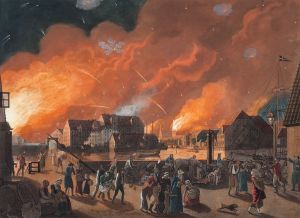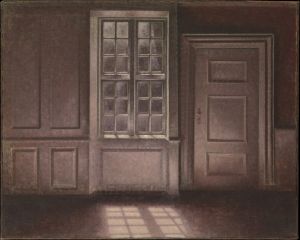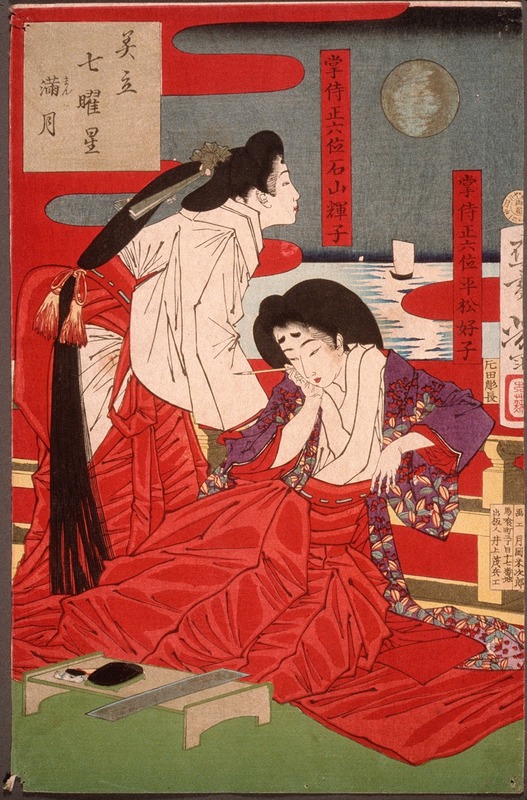
Full Moon
A hand-painted replica of Tsukioka Yoshitoshi’s masterpiece Full Moon, meticulously crafted by professional artists to capture the true essence of the original. Each piece is created with museum-quality canvas and rare mineral pigments, carefully painted by experienced artists with delicate brushstrokes and rich, layered colors to perfectly recreate the texture of the original artwork. Unlike machine-printed reproductions, this hand-painted version brings the painting to life, infused with the artist’s emotions and skill in every stroke. Whether for personal collection or home decoration, it instantly elevates the artistic atmosphere of any space.
Tsukioka Yoshitoshi was a renowned Japanese artist of the late Edo and early Meiji periods, celebrated for his woodblock prints and contributions to the ukiyo-e genre. One of his notable works is "Full Moon," which is part of his acclaimed series "One Hundred Aspects of the Moon" (Tsuki hyakushi). This series, created between 1885 and 1892, is considered one of Yoshitoshi's masterpieces and showcases his innovative approach to traditional Japanese art.
"Full Moon" is a captivating example of Yoshitoshi's ability to blend traditional themes with a modern sensibility. The series "One Hundred Aspects of the Moon" consists of 100 prints, each depicting a scene inspired by Japanese and Chinese folklore, history, literature, and theater, all unified by the motif of the moon. The moon serves as a symbol of beauty, mystery, and the passage of time, and it is a recurring element that ties together the diverse stories and characters portrayed in the series.
Yoshitoshi's work is characterized by its dynamic composition, intricate detail, and vibrant use of color. In "Full Moon," as in many of his prints, he employs a keen sense of drama and emotion, capturing the viewer's attention with his expressive figures and atmospheric settings. His ability to convey complex narratives and emotions through his art is a testament to his skill and creativity.
The "One Hundred Aspects of the Moon" series reflects Yoshitoshi's deep appreciation for Japanese culture and history, as well as his interest in the supernatural and the fantastical. Each print in the series is accompanied by a title and often a short poem or text, providing context and enhancing the viewer's understanding of the depicted scene. This combination of visual and literary elements is a hallmark of Yoshitoshi's work and contributes to the enduring appeal of his prints.
Yoshitoshi's career spanned a period of significant change in Japan, as the country transitioned from the feudal Edo period to the modern Meiji era. His work reflects this transition, as he incorporated both traditional and contemporary elements into his art. Despite facing personal and professional challenges, including financial difficulties and mental health issues, Yoshitoshi remained dedicated to his craft and continued to produce innovative and influential works until his death in 1892.
Today, Tsukioka Yoshitoshi is recognized as one of the last great masters of the ukiyo-e tradition. His "One Hundred Aspects of the Moon" series, including the "Full Moon" print, is celebrated for its artistic excellence and its ability to capture the imagination of viewers. Yoshitoshi's legacy endures, and his prints continue to be studied and admired by art enthusiasts and scholars around the world.





